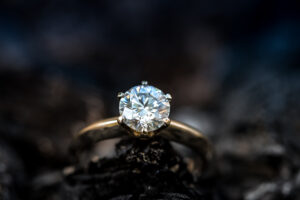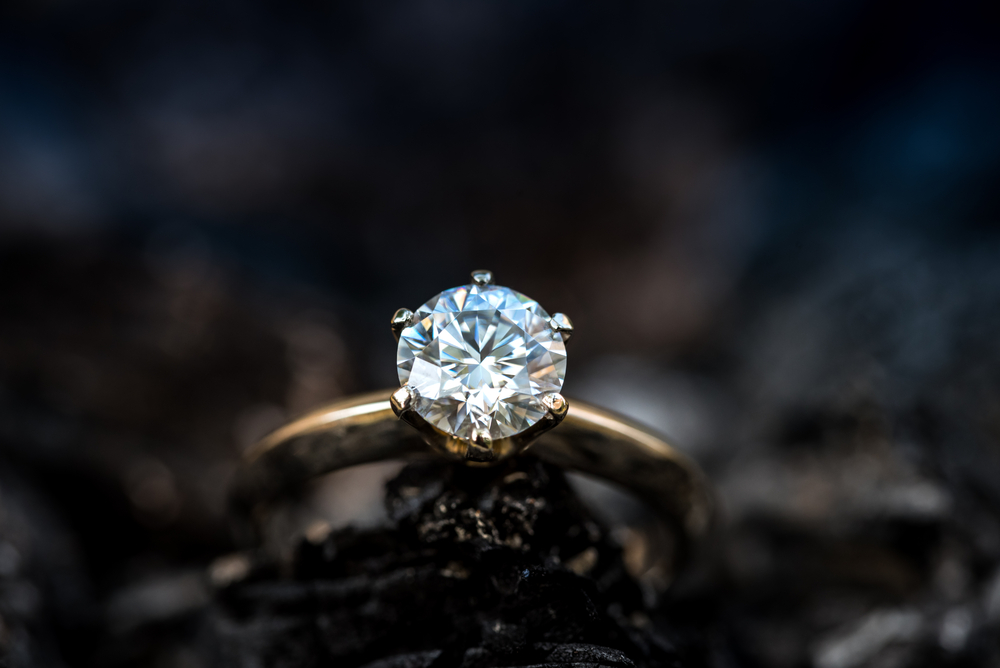
One of the commonly used chemical compounds in diamond ring settings is epoxy resin. Epoxy is a strong adhesive known for its excellent bonding properties. It is often used to secure diamonds in their settings, creating a firm attachment between the stone and the ring. Epoxy resin is a versatile compound that can be colorless or tinted to match the metal or gemstone, providing a seamless and aesthetically pleasing appearance.
Prong/Pinpoint Solutions
Prongs, also referred to as pinpoint solutions, are small metal claws that hold diamonds in place. To ensure a secure attachment, jewelers often use chemical compounds, such as soldering materials or dental cement, to fix the prongs to the ring. These compounds provide additional strength and stability to the prongs, preventing them from bending or breaking and ensuring that the diamond remains safely set within the ring.
Jeweler’s Glue
Jeweler’s glue, a specialized adhesive designed for jewelry applications, is another essential chemical compound used in diamond rings. This type of glue is formulated to create a strong bond between different materials, including metals and gemstones. Jewelers use it to secure diamonds in their settings, particularly for intricate designs or when prongs are not suitable. Jeweler’s glue provides a reliable and long-lasting attachment, ensuring that the diamond remains in place even with regular wear.
Bezel Setting Compounds
Bezel settings, which encircle the entire perimeter of a diamond, require specific compounds to hold the stone securely. Various types of chemical compounds, such as jewelers’ cement or adhesives specifically designed for bezel settings, are used in this application. These compounds provide a tight and durable bond, keeping the diamond firmly in position while enhancing the overall aesthetics of the ring.
The chemical compounds used in diamond rings not only provide the necessary adhesion but also contribute to the overall structural integrity and durability of the jewelry. It is essential for jewelers to select the appropriate compounds based on factors such as the type of metal, design, and diamond size. Additionally, these compounds undergo rigorous testing to ensure they do not damage the diamond or react adversely with the metal.
The strength, stability, and attractiveness needed for the bonding of diamonds to their ring settings are all provided by chemical compounds. Each material used to set the diamonds, whether it be epoxy resins, prong solutions, jeweler’s glue, bezel setting compounds, or pavé setting solutions, has a particular function. The thoughtful selection and use of these compounds help to produce excellent diamond rings that are not only lovely but also long-lasting. These priceless jewels are kept safely ensconced in their settings, glittering brilliantly for a lifetime of enjoyment and appreciation thanks to the combination of expert craftsmanship and the application of the right chemical ingredients.
